Sabre52
Cave Dweller  Me and my gal, Rosie
Me and my gal, Rosie
Member since August 2005
Posts: 20,504
|
Post by Sabre52 on Apr 12, 2013 19:03:50 GMT -5
Howdy folks. I flat love shrinkwood so there will be more of these later *L*. These are the first few.....Mel This is the largest shrinkwood I've ever found. It weighs over five pounds and was just sitting in the weeds so I fished it out with my gem scoop. Intense back and gold and solid throughout.  Close up where I knocked off a chip. Awesome stuff! 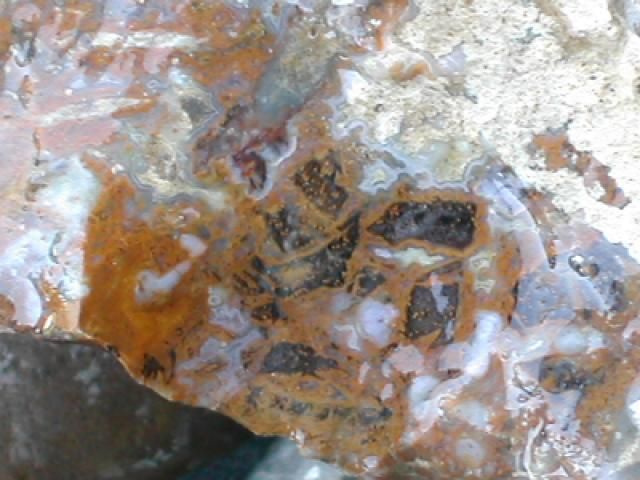 This is another freaking awesome shrinkie. You can see the hexagonal fracturing on the outside and inside it is very colorful. 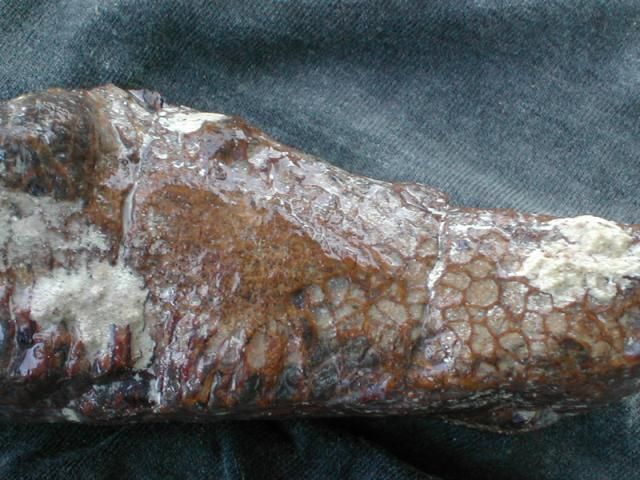 Where I chipped it: 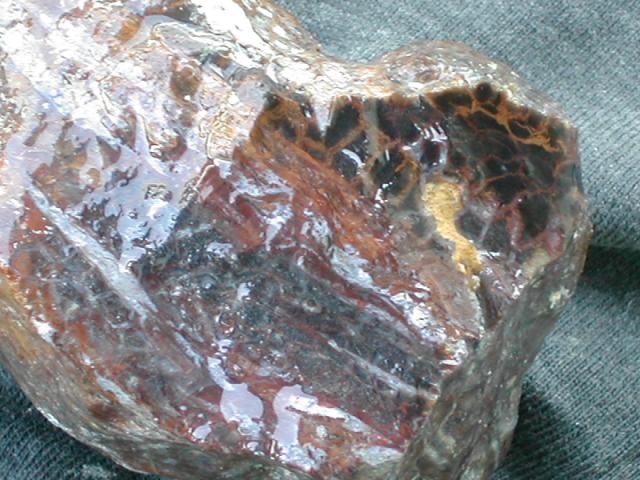 More cool shrinkies: 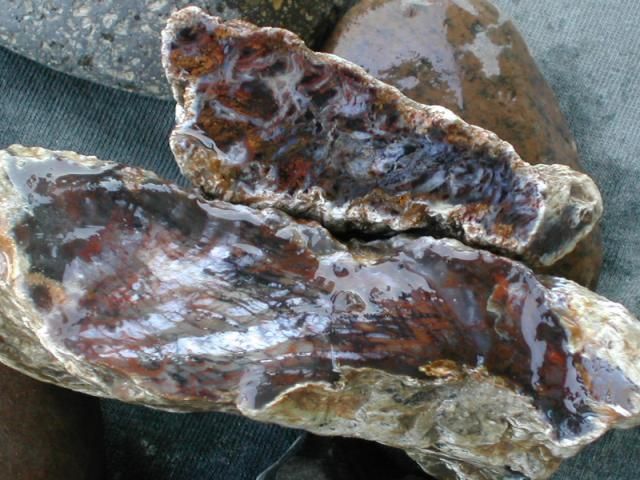 And finally, one of my favorites. I thought I had lost this from my bag but it was just covered by mud. 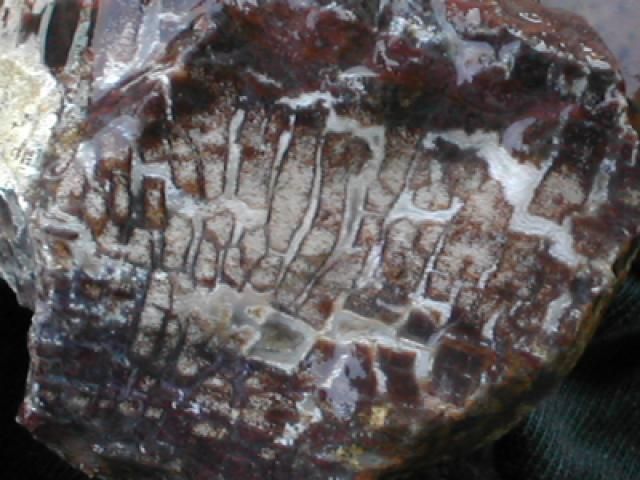 |
|
jamesp
Cave Dweller 
Member since October 2012
Posts: 36,612
|
Post by jamesp on Apr 12, 2013 19:32:11 GMT -5
Well done Mel.I think you can answer a question i have long wanted an answer to.Why do they call it shrinkwood and why is it so distorted and why does it look all mixed up sometimes?
That place is a gold mine for wood.Real nice finds.
|
|
Sabre52
Cave Dweller  Me and my gal, Rosie
Me and my gal, Rosie
Member since August 2005
Posts: 20,504
|
Post by Sabre52 on Apr 12, 2013 20:13:31 GMT -5
James: I think it's called shrinkwood because at some point after it was petrified the silicified wood broke apart and the pieces shrunk away from each other in the fracturing process. Then, new agate (silica) resealed the pieces back together. According to the paper on hexagonal fractured petrified wood, the proof this happened after the wood was petrified lies in the fact that often the original wood grain pattern is preserved within the offset resealed fragments. To me it also appears that some of the wilder patterns could have been created by partial decomposition of the organic wood before agate replacement occurred. In my mind this is re-enfocred by the occurrence of all the limb casts where the organic wood obviously totally decomposed leaving a mold that was later filled with agate of various types where no trace of original wood patten remains....Mel
|
|
jamesp
Cave Dweller 
Member since October 2012
Posts: 36,612
|
Post by jamesp on Apr 12, 2013 21:14:00 GMT -5
Never thought about casts.But the process you describe with shrinking and and resealing and fragmenting is the way i saw it after sawing a lot of it.The ones that did not make sense made me wonder if decomposition was to blame.Some stuff looks chopped up and compressed back like the plywood made out of pressed chunks.Others look chewed up and crapped out.Still others look like multiple species chopped up and compressed back together.Like a landslide packed them together,very possible.I think there is a lot more to the make up of pet wood in Texas like flood impact causing pet wood bog like palm bog.The wood i have was found on the Rio Grande....May have an impact on it's make up.It's all interesting Mel.
|
|
Thunder69
Cave Dweller  Thunder 2000-2015
Thunder 2000-2015
Member since January 2009
Posts: 3,105
|
Post by Thunder69 on Apr 12, 2013 21:46:37 GMT -5
Mel those are incredible...Enuff said!......John
|
|
|
|
Post by beefjello on Apr 14, 2013 11:48:04 GMT -5
You sure scored out there Mel! I think I found a 'shrinkie' out at Stillwell, looking forward to cutting it to find out.
|
|
|
|
Post by Bikerrandy on Apr 15, 2013 17:39:10 GMT -5
That last one is cool!!  |
|